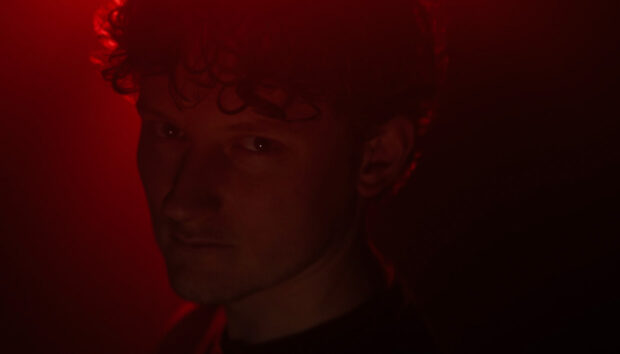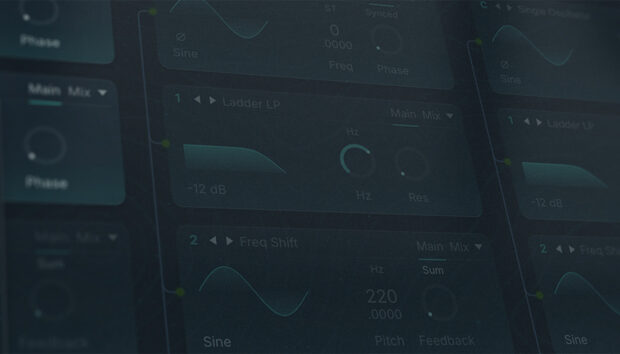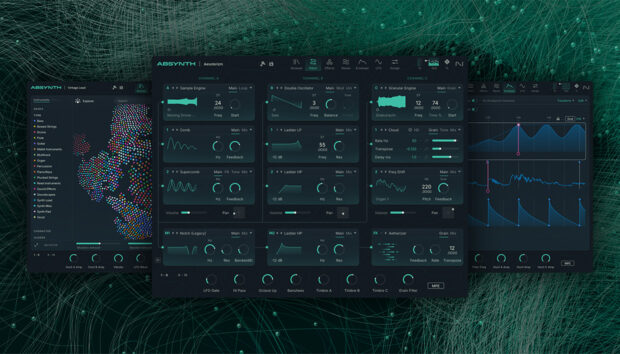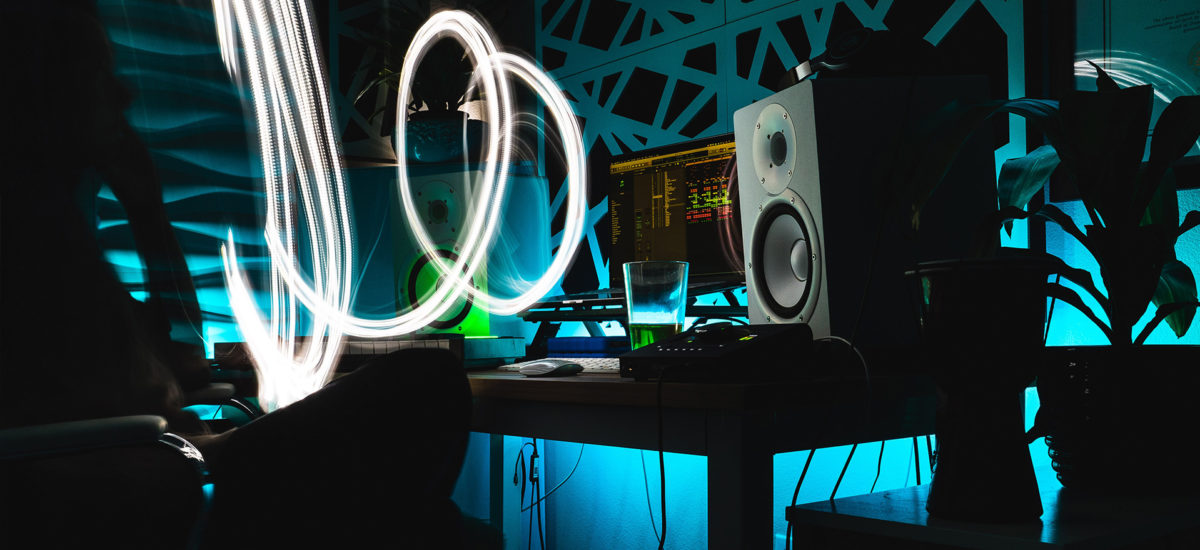
Whether you’re a seasoned pro or taking your first steps into the world of music production, there is always more to learn and fresh knowledge and techniques to pick up. Many modern sounds and genres are centered around the beat, as pop and chart hits are increasingly influenced by electronic music coming out of the dance and hip-hop scenes. The beat is the foundation on which music is built, and nailing your drums can really make or break the production overall. This article looks behind the beats, outlining the history and function of percussion within music and offering some tips to help you perfect the drum section and make your tracks really pop.
History of the Beat
Let’s start at the beginning: musical instruments including drums can be found in archaeological records dating back many thousands of years, to the earliest human cultures. It is fascinating to speculate that some kind of inspiring beat has served a vital role in our survival and evolution, encouraging people to come together in groups, bond and form strong, enduring communities. For what is the essence of music if not sharing emotions and experience and bringing us closer? Music probably predated speech. It also suggests there is something innate and eternal in the human impulse to make music, to delineate time with a regular pulse, to mark the rhythm of life. After all, our hearts are always beating in our chests. It could be said that the beat is as old as time itself…
But enough philosophizing; we’ll fast-forward up through modern history and a little thing called ‘disco’, where the beat really comes to the forefront of everything. Of course, music with a beat was prevalent across a variety of older genres, but the rhythm section would typically sit in the background and work in service to the lead melody or instrumental parts. The arrival of disco marked a shift in focus away from radio and the charts towards dance-floors, coinciding with the rise of the modern concept of nightclubs. Popular, familiar songs would be reworked and remixed for this new environment, with longer 12” versions cut for DJs that gave the beats more breathing space and extended that hypnotic, repetitive pulse. These 12” mixes commonly featured ‘breakdown’ sections which cut out the vocal parts and hooks altogether, stripping the records back to raw and inspiring instrumental beats that kept the nightclub patrons dancing all night.
These days, particularly in dance music and hip-hop circles, the word ‘beat’ is often used synonymously with ‘track’ or ‘song’, referring to the piece of music as a whole.
Another important aspect of the disco revolution was the introduction of electronic synthesizers and drum machines in place of live-recorded drums and instruments, often more for reasons of cost and availability than artistic choice. This is perhaps best epitomized in the release of Donna Summer’s ‘I Feel Love’ in 1977, which was produced with a specifically futuristic, robotic mood in mind and is cited as one of the most influential records ever made. Looking ahead from this era, the disco sound forked into house and techno on the one hand, and hip-hop on the other. This musical explosion produced a kaleidoscope of colorful beats in every shade, representing artists from different social backgrounds but all stemming from the same musical roots, and all placing key emphasis on the rhythm and groove of the beat.
As these modern sounds evolved and gained wider audiences, the impact of electronic music styles on the commercial pop market grew ever more apparent. These days it is not uncommon to hear dance music with a beat thumping on the radio, singles charts or advertisements. Within the world of hip-hop, the classic boom-bap style of the Golden Age has diversified into different rap beats. The trap sound has become especially popular in recent years, characterized by long 808 kick thumps and rapid-fire rat-a-tat hi-hats. Meanwhile, dance music has split into countless niche sub-genres spanning the full spectrum of tempos, but the classic sounds of early house and techno are still as relevant as ever, as today’s producers pay tribute to timeless records and equipment handled by the pioneers who dreamed up music that had never been heard before.
The growing mainstream appeal of these styles has led to a blurring or redefining of the terminology. Originally, a ‘beat’ referred to a single rhythmic unit in a musical composition, or else an arrangement of these units into a pattern, as in a ‘drum beat’. These days, particularly in dance music and hip-hop circles, the word ‘beat’ is often used synonymously with ‘track’ or ‘song’, referring to the piece of music as a whole. This can lead to confusion, with some questioning the difference between beat and instrumental; using the classical definitions, the two are separate, opposing parts of the composition, but in modern terms they generally mean the same thing, for example in a beat/instrumental over which a rapper or singer performs the lead vocals. Overall, the new definition highlights the importance of the beat as well as alluding to the utilitarian nature of these styles of music, either as an accompaniment to vocal performances or as a stimulating pulse to keep the dance-floor in motion. The beat has a practical function, and the music is all about the beat.
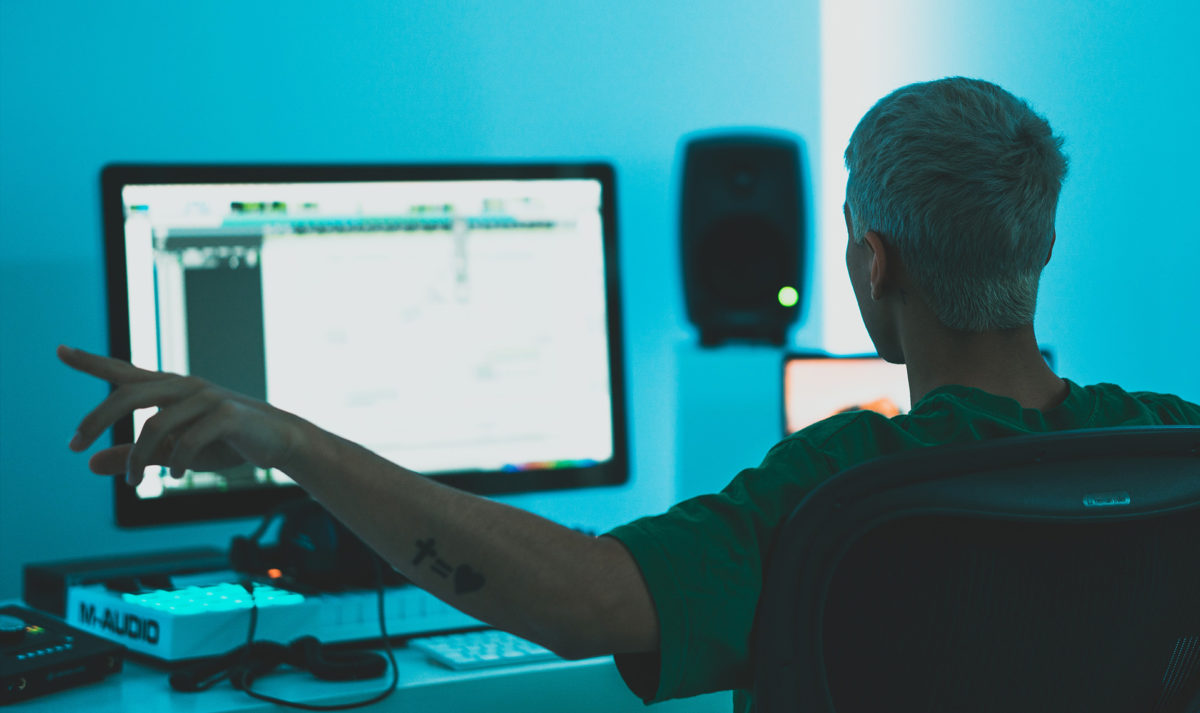
Tips and Tricks for Inspiring Beats
Now it’s time to run through some useful bits of production wisdom that will get the creative juices flowing and help you make big, vibrant, colorful beats with a satisfying punch. A common struggle when working on percussion is how to make programmed drums sound real and organic rather than flimsy and overly computerized. There are a few techniques you can try out here. Many DAWs have a ‘humanize’ function that automates the process at random, but it is helpful to understand which parameters are being affected here. The quantize button is both a blessing and a curse when making music electronically; on the one hand, it ensures everything sits nicely in-time on the grid, but on the other, this can result in the beat sounding too rigid and digital, lacking that lifelike energy. Experimenting with a lower quantize setting or pulling notes off the grid manually can loosen up the beat and add a more natural swing. The same idea applies to note velocity; it can sound a bit stiff if everything is too even and regimented, so play around or randomize the velocities of your drum pattern for a more spontaneous feel.
Someone renowned as a master of loose, lifelike beats is hip-hop beat-maker J Dilla. His innovative use of the classic MPC drum sequencer, punching in beats live and leaving them unquantized, resulted in a much-emulated signature sound and some of the most inspiring rap beats in the industry. Recording drums in this hands-on way adds nuance and soul to the music that is very difficult to convincingly reproduce in a computer DAW. Modern pad controllers such as Maschine offer the best of both worlds, with live performance functionality alongside full digital connectivity. Taking your workflow outside the box and putting trust in playing in real-time can potentially bring up more interesting and memorable results than fixating on everything being ‘perfect’.
Learning how to make drum samples is another way to give your beats that live, human feel. Inspiration can come from any direction here, be it recording a snippet off an old piece of vinyl or capturing some field recordings as you walk down the street. Picking and choosing from preset kits can be a great, time-efficient way to get the results you want, but sampling real sounds from out there in the physical world can add a lot of texture and originality to your beats. Indeed, if you create the sample from scratch, you can be certain nobody has used it before. Software samplers such as Battery allow you to build up drum patterns with the ability to edit, modulate and add effects to each sound individually. Products like this are a good place to start if you’re wondering how to make a virtual soundboard, as you can arrange many samples on a virtual grid for easy access and practically unlimited options for customization.
Kanye West is an artist famous for using samples. He builds catchy, inspiring hip hop beats with instantly recognizable hooks lifted from existing records. Some of his biggest hits feature prominent samples from every corner of music history. From Curtis Mayfield and Shirley Bassey to Daft Punk and Aphex Twin, West seems to have the magic touch in knowing exactly when and how to sample drums, chords and vocal lines, flipping them in unpredictable ways and new directions that keep fans guessing with every release. Although entry-level producers almost certainly won’t have the platform or the finances to get copyright clearance for such bold, in-your-face samples, chopping up parts of popular songs in your own tracks (for non-commercial purposes) can be a fun and educational exercise. Sample libraries and loop packs tend to be copyright-free, opening up a world of sounds from beats to cinematic soundscapes which you can use without running into copyright restrictions. Kontakt is an industry-standard sampling platform, offering the world’s biggest collection of sampled instruments alongside a wealth of modulation and editing options. With genre-specific collections and Expansions that hone in on particular styles, all it takes is a bit of digging to unearth the inspiration for your next big beat.
Layering up different drum sounds can add a lot of depth to your beats, for example stacking multiple snare or hi-hat tones on top of each other. Beware of overcrowding the mix here; think about what is hitting where across the frequency spectrum, and use EQ to boost the desired peaks and remove unwanted noise. Layering programmed beats with live percussion loops (either sampled or recorded yourself) can result in a truly inspiring type of beat, a unique and attention-grabbing groove that can’t really be achieved with electronic elements alone. Another method for adding intrigue to your music is learning how to make binaural beats, which means playing around with panning elements across the stereo field. This can help with the mixing process, as you don’t have everything clustered together and clashing in the middle of the mix. Additionally, adding a chorus or flanger effect to a hi-hat pattern results in a swirling, dynamic energy which can enhance the intensity and atmosphere of your beat.
Another common query is how to make vocals sit on the beat so that all the elements gel together nicely without drowning each other out. A good rule of thumb is that it’s easier to get a clean initial recording than try to repair and improve the clip after the fact. Ideally, you want a balanced, high-quality vocal track with minimal room noise. You can use EQ to create space in the mix for the vocal, with the visualizer as a helpful reference, as well as boosting the main vocal frequencies. Try adding a short, snappy delay effect to make the voice sound more expansive, or experiment with swapping in different drum and instrument tones that might better compliment the overall mix. Of course, there is a bit of trial and error in this method. Some gentle side-chain compression, often called ‘ducking’, can also be applied so that the other elements dip in volume slightly in time with the vocals.
Testing your beats on a variety of different speakers and sound-systems may reveal areas that need further tweaking, as the frequencies can sound quite different at louder levels. The final stage is how to make your beats discoverable and grow an audience. Again, there’s no exact science to this, but uploading your tracks to online platforms and sharing with friends and peers will bring feedback and constructive criticism that you can channel into future projects. Creating music is a gradual process of learning and improvement, but it will feel great to complete and share your self-made, inspiring trap beat, techno banger, or maybe even a completely new style of music with a beat.








